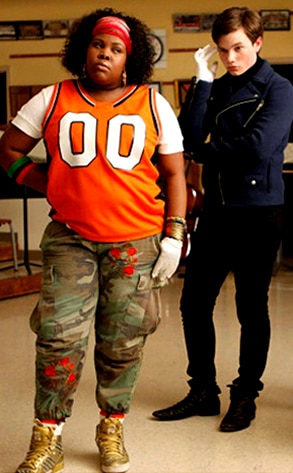But there are certainly stupid, asinine attempts at “investigative” reporting:
A few factual corrections:
“Detroit sucks, but why? Well to start, it’s no secret that Detroit is run entirely by Leftists. Every single mayor of Detroit since 1961 has been a liberal. It is the city of entitlement programs.”
Yeah, and every mayor of Boston and Chicago has been a Democrat since 1930 and 1931, respectively. But Boston has the 8th highest housing prices in the nation, and Chicago is currently the 3rd most populous American city. Both Boston and Chicago have enjoyed Democratic dominance far longer than Detroit, yet continue to be prosper at the aggregate level. The obvious rebuttal to Crowder’s report is the classic “correlation does not mean causation” statement, but that would imply Crowder actually illustrated a correlation between, well, anything.
“How did it get this way? It all started with Mayor Jerome Cavanaugh in 1961.”
Yeah, well, no. Crowder is about 30 years late in his pseudo-historical analysis, as the well-documented decline of Detroit began with the major auto manufacturers—not the auto unions—in the 1930s and 40s. Federal highway construction as a military mobilization tool aided industrial decentralization and the racially restrictive postwar housing boom, and, you guessed it, Detroit’s affluent residents fled en masse. Unfounded fear of a growing murder rate combined with racial resentment over school desegregation measures and the Detroit metro region morphed into a chocolate city with vanilla suburbs by the late 1970s. This meticulously documented social and economic change—the actual root of the city’s decline—came well before contemporary UAW bargaining agreements, the housing crisis, or even Kwame Kilpatrick’s indiscretions.
To suggest that Detroit somehow represents the archetype of Democratic leadership is either grossly dishonest or insanely stupid. A cursory view of any map of home foreclosures, population loss, or median household income decline illustrates a clear geographic pattern: The deindustrialized Rust Belt, northern Florida and much of California have been the hardest hit by our most recent recession. The states of Michigan, Ohio, Indiana, Pennsylvania, Florida and California are all in serious trouble, and their respective histories and contemporary troubles run much deeper than simple party politics.
Oh, and that scene at the end? The one of the Michigan Central Depot, a bombed out former train station? That building is actually owned by a billionaire trucking tycoon, and closed down in the 80s during the Reagan era of, er, prosperity. It has nothing to do with auto bailouts, or Democratic politicians, or teacher’s unions. If anything, it represents the effects of economic excess and corporate neglect.
Like many journalists before him, Crowder is a lazy opportunist. I understand his schtick—the cutesy, hip young conservative that serves up clever quips against liberal politics. But if this simplistic garbage is any indication of the relative intellect of young conservatives, well, their "movement" leaves a lot to be desired.

















